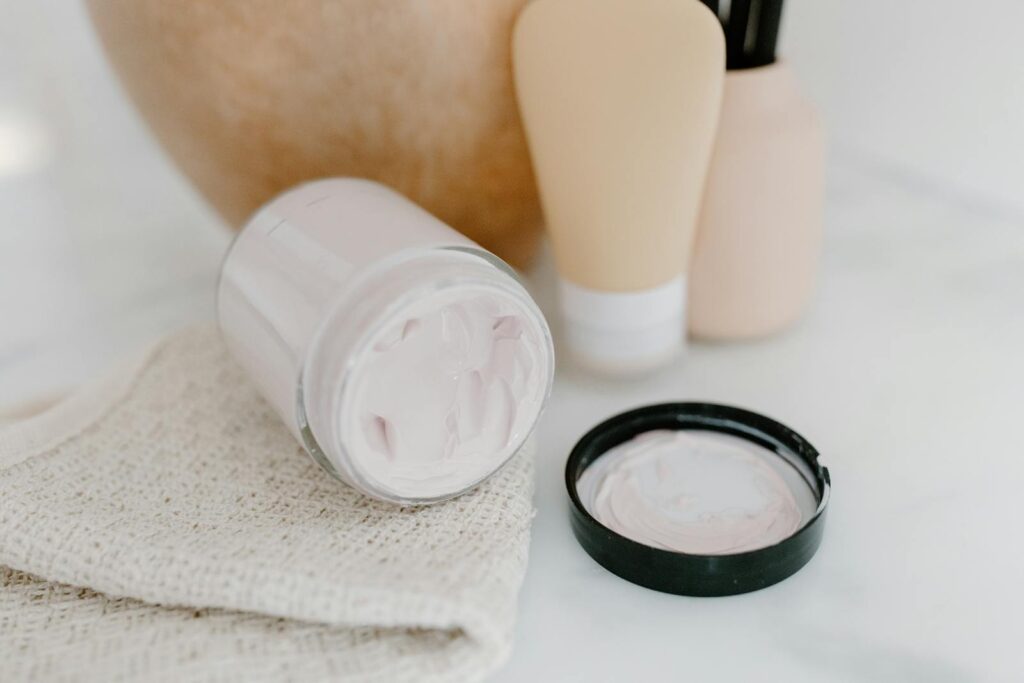The belief that beards are only suitable for the colder months, grown for added warmth and then removed as warmer weather arrives, is a widespread misconception that overlooks the year-long benefits and functionality of facial hair. So, what is beard season?
When examining how beards interact with warmer climates, it becomes clear that there are numerous advantages and factors that make facial hair appropriate for any season. This insight challenges old views and invites a more detailed look at how beards can prosper throughout the year.
As we investigate the science behind beards and their ability to adapt to different weather conditions, a strong case is made against the idea of seasonal limitations. This perspective encourages a reevaluation of long-held beliefs about facial hair, highlighting its versatility and the role it can play regardless of the climate.
Key Takeaways
- Beards provide benefits like UV protection and temperature regulation in all seasons, not just winter.
- Adjusting grooming routines to the season can optimize beard health and comfort.
- Summer beards help in cooling by trapping sweat and allowing it to evaporate.
- The concept that beards are only suitable for colder months is a myth.
Warm Weather and Beards: What You Need to Know
Understanding the interplay between warm weather and beards is crucial for keeping up with effective grooming habits as seasons change. Although beards are typically thought of as a means to stay warm during winter, they also have important roles during the summer.
Contrary to common beliefs, beards can aid in regulating body temperature in hot climates.
Some suggest that facial hair helps in cooling by trapping sweat which then evaporates, leading to more efficient heat dissipation compared to a shaved face.

Facial hair, including beards, acts as a barrier against the sun’s damaging UV rays, offering protection for the skin in sunny conditions. In colder months, beards provide insulation, guarding against chapping and protecting the face from cold winds and weather.
The evolutionary benefit of facial hair as a protective feature is clear with its advantages throughout the year.
While some might choose to shave when it gets hotter, the notion that facial hair is only appropriate for cooler weather is being questioned. Keeping your beard year-round can bring both functional and aesthetic benefits.
Seasonal Shifts: Adjusting Your Beard Care Routine
As seasons change and temperatures vary, it’s crucial to modify your beard care routine to keep your grooming on point. Here’s how you can adapt when the weather gets warmer:
- More Frequent Washing: Spending extra time outside in activities such as hiking or fishing exposes your beard to more dirt and sweat. It’s advisable to wash your beard more often to avoid accumulation of grime and ensure it stays clean.
- Stay Hydrated: The heat can cause dehydration, impacting not just your health but the condition of your beard too. Keeping yourself well-hydrated helps in keeping your beard soft and well-moisturized.
- Regular Trims: To manage your beard’s growth during the hot months, consistent trims are beneficial. This keeps your beard neat, avoiding the hassle of tangles and knots that outdoor activities might bring.
- Use Protective Products: Opt for beard oils or balms that include SPF protection to safeguard your facial hair from the sun’s damaging UV rays during your outdoor escapades.

The Science of Beards Through the Seasons
The intricate relationship between beard health and seasonal variations draws upon a rich tapestry of scientific insights, revealing the nuanced ways in which temperature, humidity, and environmental factors influence facial hair maintenance and growth. As we navigate the changing climates, it becomes evident that beard season truly spans all year round, with each season presenting unique challenges and opportunities for beardsmen.
In the throes of summer, the common question arises: do beards keep you warm, or can they be a comfortable companion even in the heat? Contrary to the belief that beards are solely a face warmer for beard winter, scientific understanding suggests that with proper care, a beard in the summer can provide a layer of protection against UV rays while not necessarily contributing to overheating.
Key to summer beard maintenance is the adjustment of washing routines—increasing the frequency slightly to prevent residue build-up that can trap heat and cause discomfort. The co-wash method emerges as a savvy solution for daily cleansing without stripping the beard of its natural oils.
Transitioning into winter, the beard serves as a natural insulator, underscoring the concept of a ‘beard winter’ where facial hair acts as a face warmer. Beard care shifts focus towards hydration, combatting the dryness induced by harsh, cold air.
The selection of beard oils infused with season-appropriate fragrances not only nourishes the beard but also enhances the sensory experience of the wearer, aligning with the ambiance of the season.
In essence, understanding the science of beards through the seasons empowers individuals to adapt their grooming practices, ensuring beard health and comfort year-round. This knowledge fosters a sense of freedom among beardsmen, who can confidently embrace their facial hair irrespective of the season.







